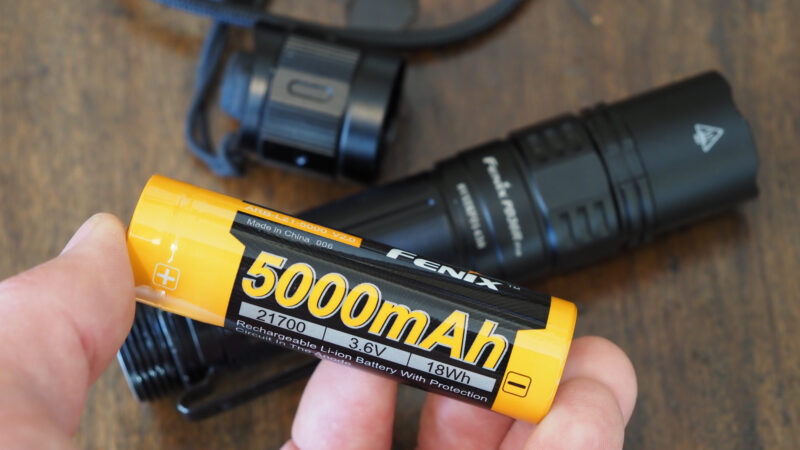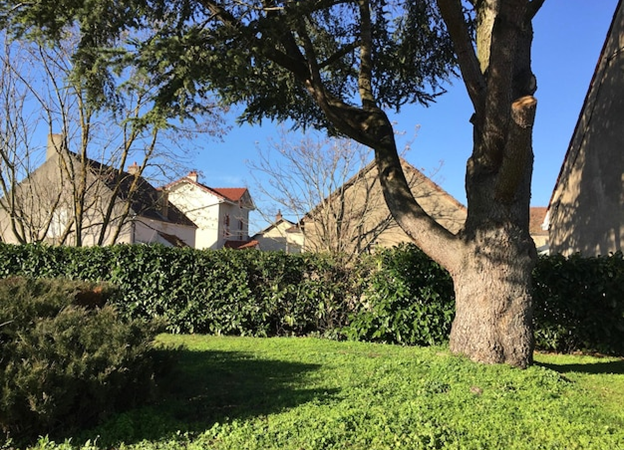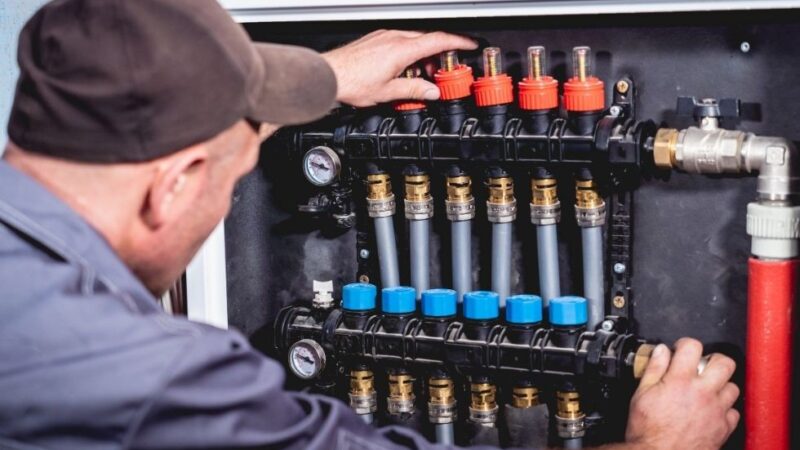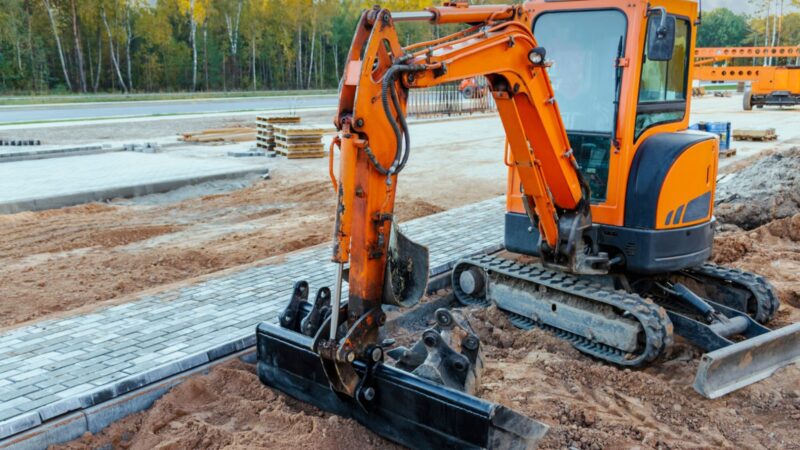Different Types of Windows (and Their Pros and Cons)
Windows are essential elements of any home. As people say, “windows connect you to the outside world”. They give you a nice view of the surrounding greenery. You can also let natural light and fresh air in, which are known to be mood boosters.
There are different types of windows to suit your home’s design or your preferences. Each may have its pros and cons, but as always, proper window installation is the key to smooth operation and longevity. Let’s look at some of the popular styles, along with their advantages and possible trade-offs.
- Single-Hung
Single-hung frames are among the most common windows in American homes. This setup has a fixed upper sash and a movable lower sash. You can pivot the lower sash inward or slide it upward to open.
Pros:
- For sashes that pivot, it’s easy to clean the exterior panel from the inside.
- They cost less than double-hung ones.
- There are fewer moving parts involved, hence, less maintenance.
Cons:
- The middle rail can block a good view.
- Ventilation is limited as only one side opens at a time.
- They are not energy-efficient.
2. Double-Hung
This is like the single-hung, but you can open both the upper and lower sashes. This is favored by many because of the improved ventilation.
Pros:
- The dual-opening allows better airflow.
- They are more energy-efficient than single-hung ones.
- For sashes that pivot, they are easy to clean from the inside.
Cons:
- For sliding sashes, the exterior can only be cleaned from the outside.
- They cost more than their single-hung counterparts.
- The middle rail may still block a good view.
3. Casement
A casement operates much like a “mini door”; it is attached by hinges on one side and can swing outward or inward to open. They can be installed individually or in pairs. This type is probably one of the oldest forms of movable windows.
Pros:
- They provide optimal ventilation, as you can fully open them.
- When opened, they give you an unobstructed view.
- Their ease of operation makes them usable for everyone.
- For dual casements, they are easy to clean from the inside.
- They are good at reducing outside noise (when closed).
Cons:
- Children can fit through the opening, which can be risky if the window is installed high above the ground.
- It protrudes from your exterior wall or deck (if it swings outward).
- Paired casements can be difficult to close if not properly installed.
- Awning
These have hinges on the top and open outward (upward). They are usually placed on high walls. Their main selling point is that you can keep them open even when it’s raining, thanks to their tilted/inclined position.
Pros:
- You can keep them open even while it’s raining.
- They can give you a good view.
- The sealing makes them energy-efficient.
- They provide ample ventilation.
- Intruders cannot fit through the opening.
- These are among the most affordable options for windows.
Cons:
- They are not as well-ventilated as casement windows.
- They are not advisable for the ground floor, as people might bump into an opened awning.
- The latches can wear out over time.
- They can be difficult to clean from the inside.
- They are not ideal as emergency or fire exits.
- Bay or Bow Windows
A bay window is a combination of three or more windows that project outward from the walls of a house. A bow window is of a similar concept but forms a curve instead of a half hexagon. Both of them are known for giving a panoramic view and increasing space inside your house. They work great whichever floor level you put them on.
Pros:
- They provide a fantastic view, as well as excellent natural lighting.
- They can add extra space to any room.
- They increase airflow.
- You can put a bench in there or have a custom one made.
Cons:
- They can be more expensive than other window types.
- Installing curtains or blinds can be more difficult than usual.
- Sliding
As the name suggests, they work much like sliding doors, only smaller. Usually, both sides (panels) are movable, although some have one side fixed. Either way, the sliding mechanism makes them easy to open or close.
Pros:
- The big ones allow good airflow (as well as a good view).
- They are easy to operate.
- There are fewer moving parts to maintain.
- They can save you space.
Cons:
- Debris in the tracking/railing can interfere with the operation.
- Cleaning the exterior side can be difficult.
- The part where the two sides intersect (the middle) blocks a part of the view.
- Picture
This type differs from the rest as it is fixed — it can’t be opened. A picture window is typically a glass pane with a low-profile frame — giving you an unobstructed view of the outside environment.
Pros:
- They are the easiest to clean indoors — no crannies and moving parts.
- There are no rails or frames blocking your view.
- They can make a room seem larger.
- They are airtight, hence, very energy-efficient.
- As there are no moving parts, they are more affordable than most window types.
Cons
- You cannot clean the exterior from the inside.
- It might need extra tools for cleaning, such as a ladder or long-handled squeegee.
- As they don’t open, you get no ventilation.
- It can reradiate heat inside on scorching days. Make sure the glass you use has a good solar heat gain coefficient (0.25 or less).
The types mentioned above are the most popular ones. You can also opt for custom-designed ones, but these, of course, come at premium prices. Don’t forget that you can mix and match different window styles in your house, too. Whichever you choose, it is best to have a professional team do the window installation for you.








